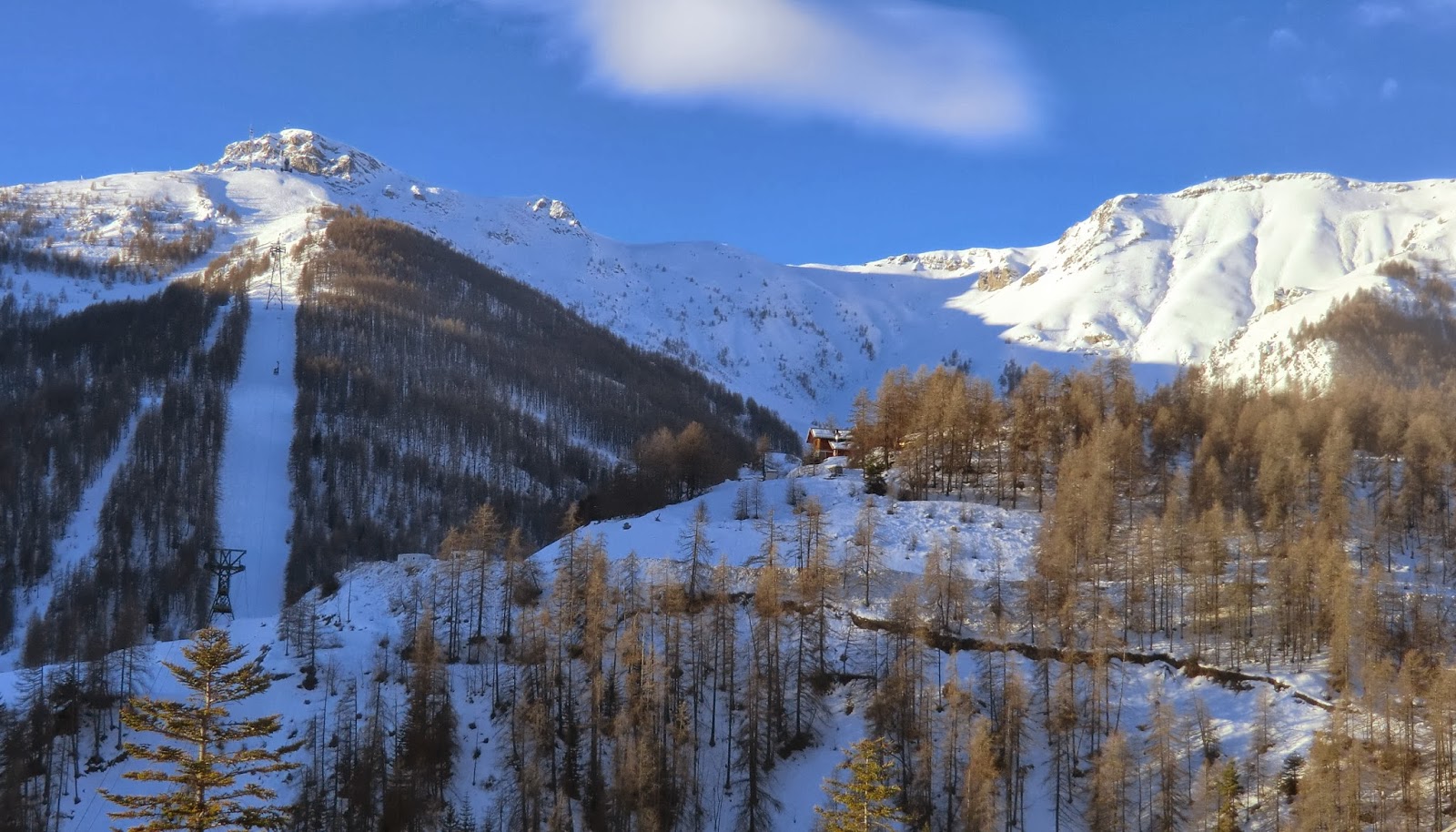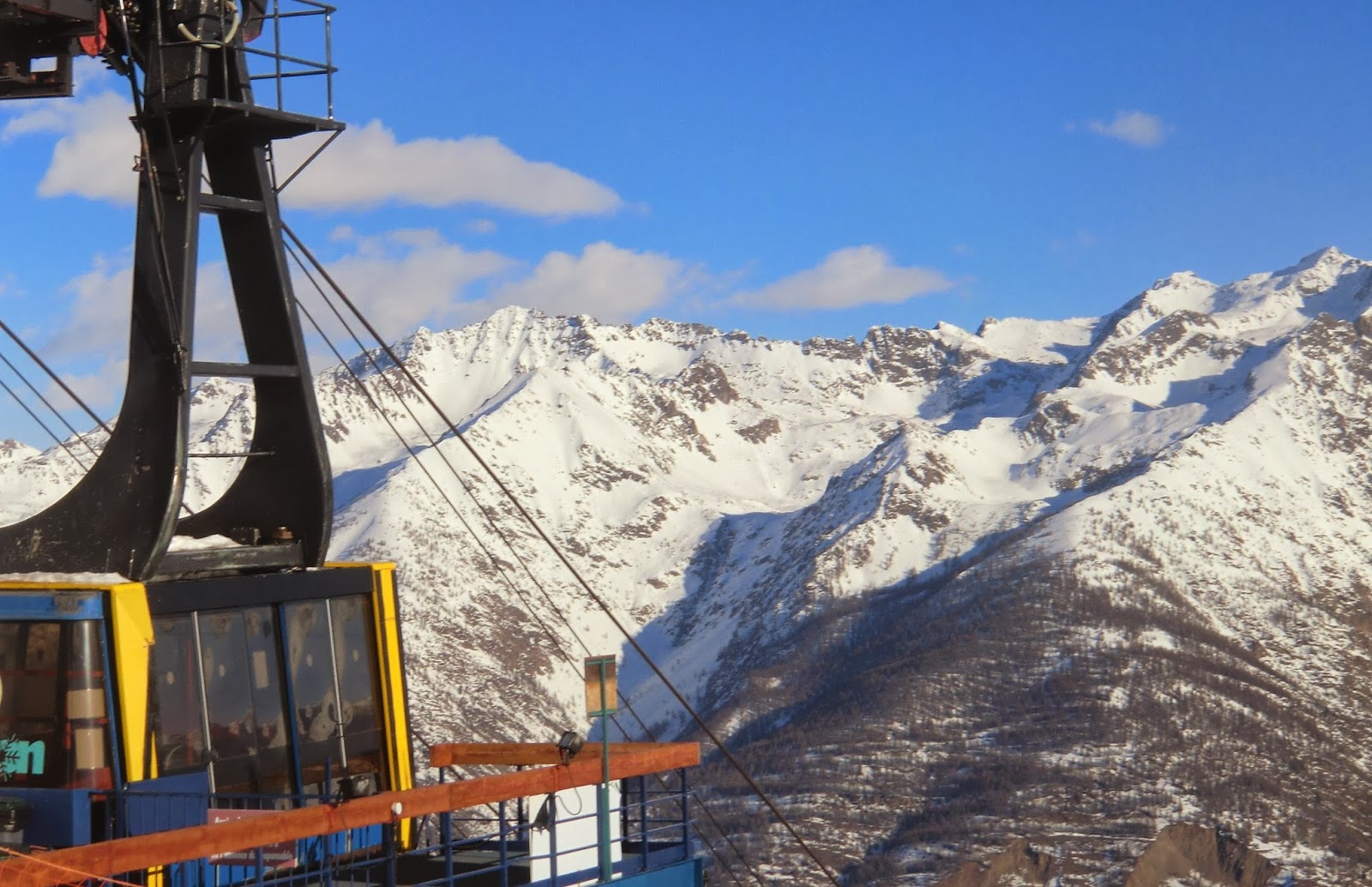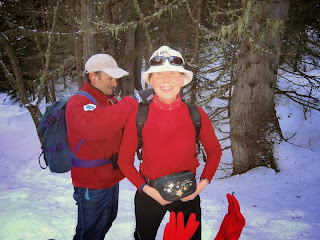Risotto with shrimp

Plump, short-grain Italian risotto rice is the only rice to use for risotto. Arborio is quite widely available, but experts say that carnaroli is the best risotto rice. In our supermarket in Nice I recently found carnaroli, so of course I had to try it.
Risotto rice has a soft, starchy exterior which absorbs cooking liquid a little at a time and gradually swells to the desired thick and creamy consistency. For this reason risotto rice must never be soaked or rinsed before cooking, these procedures only remove the starchy exterior. Cooking risotto needs attention, but is a relaxing experience.
Risotto is usually made with lots of butter, but a good olive oil works just as well- and it is heart healthy!
Picture 1. Ingredients for 2 servings of risotto with shrimps
2 servings
400 ml fish stock (made of 400 ml water and 3 heaped tsp Ducros fumet de poisson)
2 tbsp olive oil
1 clove garlic, minced
1 shallot, minced
1 large or 2 medium tomatoes, chopped
120 ml arborio or carnaroli risotto rice
150 ml white wine
Black pepper
Lots of chopped parsley (NB! You might try dill for a change)
200 g cooked and peeled shrimp or gambas, cut into smaller pieces
Cut the cooked shrimps or gambas into smaller pieces. Set aside.
Start with making the fish stock. Ducros fumet de poisson is a dehydrated fish stock in powder form, and is easy to use for making tasty stock. In a saucepan, heat 400 ml water to almost boiling. Add 3 heaped tsp Ducros fumet de poisson and whisk well. Set aside, but keep warm, barely simmering. NB! Ducros recommends using 1 heaped tsp fumet pr. 100 ml water. Because both fumet and shrimps are quite salty, I have used a bit less. You probably don’t need to use all the fish stock when cooking the risotto.
Picture 2. Making the fish stock from fumet de poisson
In a heavy large casserole, warm the olive oil over medium heat and add the garlic, shallot and tomatoes. Cook the vegetables, stirring, until they are soft but not brown for about 10- 15 minutes. You may need to lower the heat somewhat. Stir in the rice and mix until the rice is thoroughly coated with the oil.
Picture 3. Stirring the risotto rice in the casserole and mixing with the oil and vegetables
Now add a little of the wine in the casserole and cook, stirring, until the rice has absorbed most of the wine. Then add the rest, little at a time, and again keep stirring until most of it is absorbed before adding more. This takes about 10 minutes.
Picture 4. Adding the wine and the fish stock, little at a time
Start adding the warm fish stock, a little at a time and stirring all the time. Do not add more stock until the previous addition has been mostly absorbed. There should always be a little liquid in the casserole, though. It is this procedure of slowly adding the liquid and stirring all the time that creates the creaminess of risotto. Total cooking time should be about 25- 30 minutes, and risotto should be thick enough to eat with a fork. You may not need to use
all the fish stock.
When about 5 minutes of cooking time remains add the shrimps to the casserole to be warmed, stir.
Picture 5. Adding the shrimp to the creamy risotto
When the risotto is cooked, remove from heat, and stir in the parsley and black pepper. Serve at once.








































0 comments:
Note: only a member of this blog may post a comment.